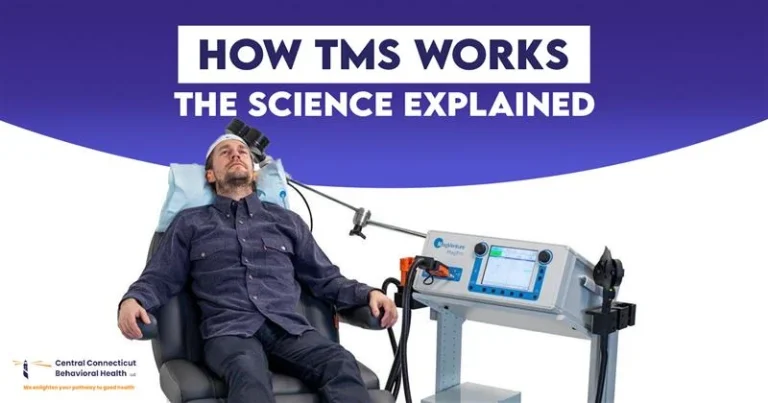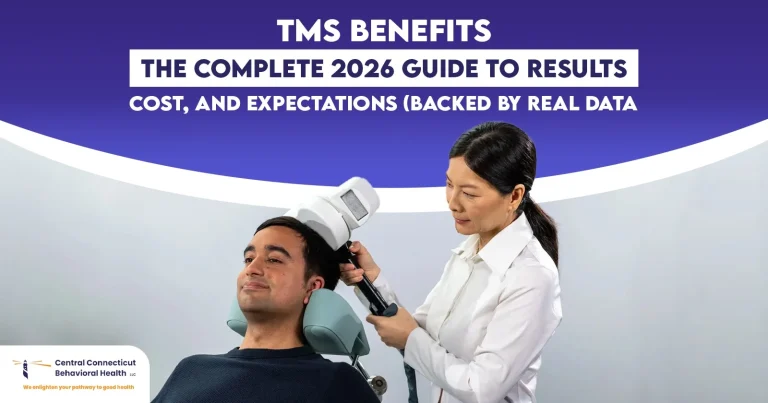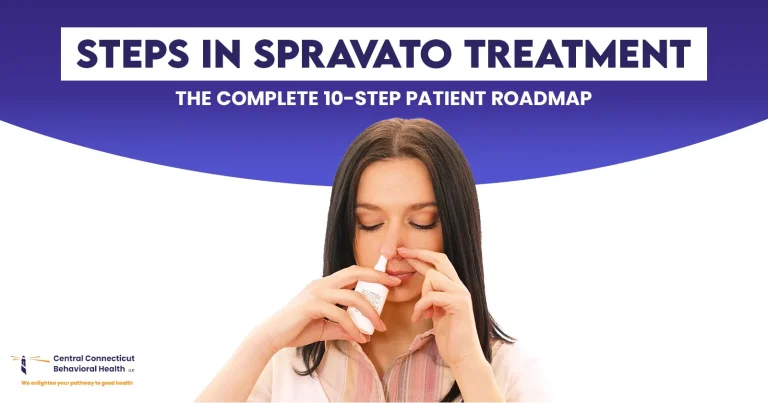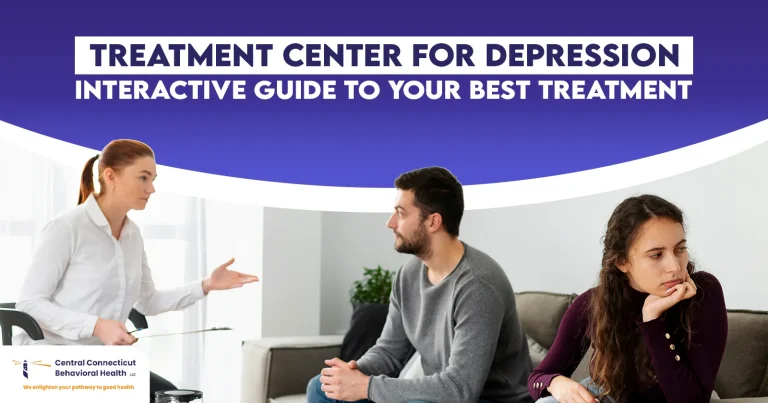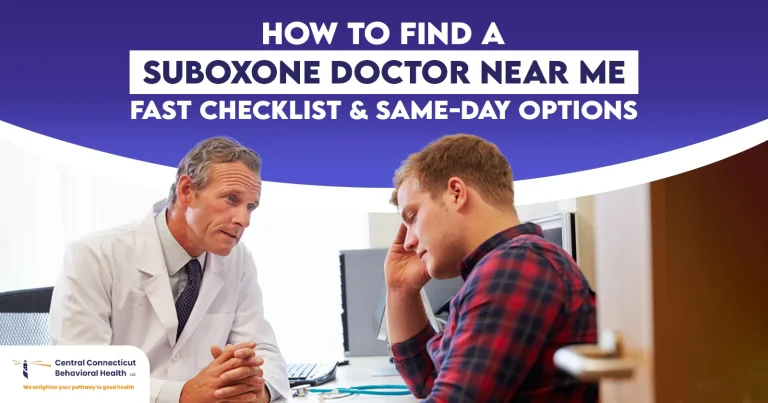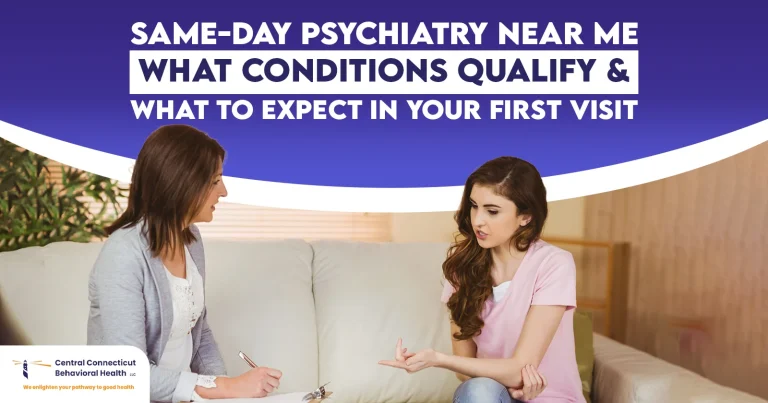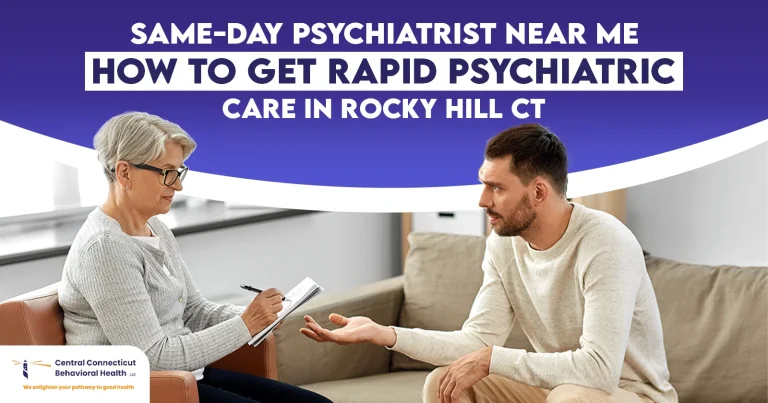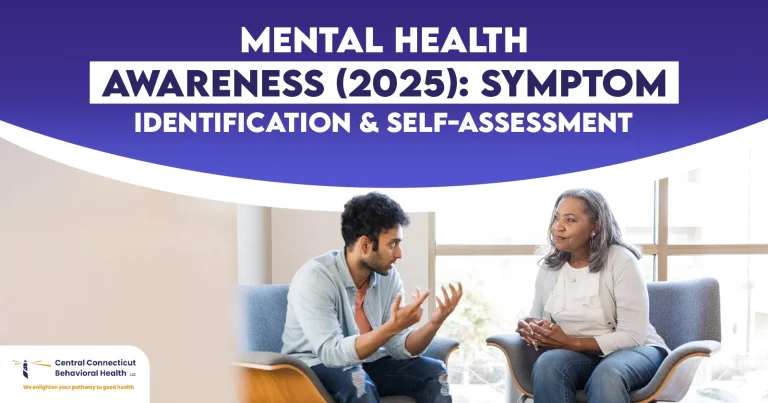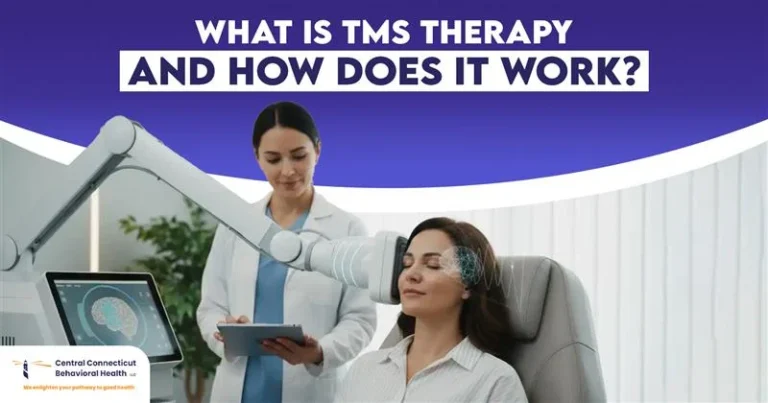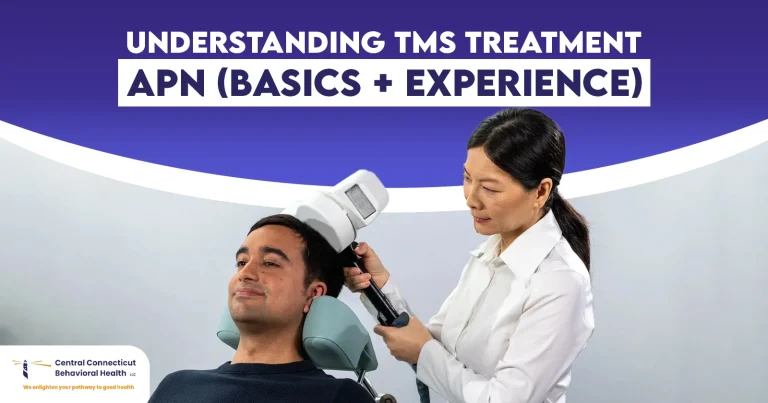Anxiety is the most common mental health illness in children, but it is often unnoticed. Kids may complain about abdominal pain stomach aches, refuse to go to school, get angry, or sometimes stay quiet on their worries. Parents can see the behavior but unable to realize that it is linked to anxiety. Doctors use special tools called scared assessment scales to help uncover what kids are really going through.
The scared assessment (Screen for Child Anxiety Related Emotional Disorders) is the most reliable way to check for childhood anxiety. Other tools like the MASC, GAD-7 child version, and RCADS it aids doctors in deciding if a child is in need extra care and support. These tools don’t replace a diagnosis, but they give valuable insights.
In this guide, we’ll look at seven powerful scared assessment scales and related tools doctors use for kids. We’ll explain what each test does, why doctors choose it, and what parents should know.
What Is the SCARED Assessment?
The SCARED assessment is a questionnaire that screens children for anxiety. It is one of the most trusted anxiety rating scales for kids because it is easy to use and gives clear results.
- Versions: There is a scared child version for kids to complete and a scared parent version for caregivers.
- How It Works: The scared questionnaire has 41 items. Kids gives answer about fears, worries, and physical symptoms like trouble in breathing and stomach-aches.
- Scoring: Doctors compare answers with a scared scoring cut-off. Scores above cut-off indicatesývt higher levels of anxiety.
- What It Measures: Panic disorder, generalized anxiety, separation anxiety, social anxiety, and school fears.
The scared scale is not a final diagnosis. Instead, it helps doctors decide if a child may need further evaluation. For parents, this tool gives a starting point for understanding a child’s emotions.
Why Doctors Use Anxiety Rating Scales for Kids
Doctors, psychologists, and school counsellors rely on anxiety rating scales for kids because children are unable to express and explain their feelings. These tools:
- Detect early signs: They show if a child may need help before symptoms get worse.
- Measure change over time: Doctors can repeat the same scale to see if therapy or treatment is working.
- Provide structure: The results give clear numbers and patterns, instead of vague descriptions.
- Help with communication: Results makes it accessible for doctors, parents, and teachers to talk about anxiety.
Without these tools, many kids might continue to struggle without support. The scared assessment and others like it give children a voice.
The 7 Most Powerful SCARED Assessment Scales Doctors Use
-
SCARED Scale (Screen for Child Anxiety Related Emotional Disorders)
The scared scale is one of the most widely used tools.
- What does it do: Screens wide range of anxiety disorders.
- Who Completes It: Both children (scared child) and parents (scared parent version).
- Scoring: Uses a clear scared scoring cut-off to decide about likeliness of anxiety.
- Strength: Good for clinics, schools, and research.
As it is detailed and parent-friendly, the scared assessment is often the first choice of doctors.
-
MASC (Multidimensional Anxiety Scale for Children)
The MASC is another respected tool.
- Purpose: Cut down anxiety into types, such as social fears(worries) or physical stress.
- Format: self-reported questionnaire , takes about 15–20 minutes.
- Why It Helps: Gives doctors a wider clear picture of how anxiety seems in daily life.
The MASC is often used alongside the scared assessment for a fuller understanding.
-
GAD-7 Child Version
The GAD-7 is a short test adapted for children.
- What It Measures: fear, nervousness, and restlessness linked to generalized anxiety.
- Format: test of seven questions, and a quick one.
- Best Use: Primary care centers, schools, or first-time screenings.
When comparing scared vs GAD-7 for adolescents, the GAD-7 is faster but less detailed.
-
RCADS (Revised Child Anxiety and Depression Scale)
The RCADS checks for both anxiety and depression.
- Strength: Useful when children show signs of sadness or loss of interest along with anxiety.
- Versions: Self-report for kids and parent-report for caregivers.
- Comparison: Some ask RCADS vs SCARED: which is better? The answer depends—SCARED is better for anxiety alone, RCADS is better for mixed symptoms.
-
Spence Children’s Anxiety Scale (SCAS)
The SCAS is mostly used in schools and clinics.
- What It Covers: This measures six types of anxiety disorders, including phobias and OCD.
- Format: 44 questions, available for both kids and parents.
- Comparison: Parents may ask about SCAS vs SCARED comparison. The SCAS is strong for phobias, while the SCARED focuses more on generalized and separation anxiety.
-
PROMIS Pediatric Anxiety Scale
The PROMIS tool is newer but growing in use.
- Adaptive Format: Questions change depending on earlier answers, which shortens the test.
- Use: Popular in research and hospitals.
- Strength: Measures the severity of anxiety, not just the presence.
It is not as common as the scared assessment but offers modern advantages.
-
Child Behavior Checklist (CBCL)
The CBCL observe overall behavior, not only anxiety.
- Scope: It covers mood swings , social skills, aggression, anger and emotional health.
- Who Completes It: Parents and teachers.
- Why It Helps: Screens if anxiety is stemming of a bigger pattern.
Doctors use the CBCL when they need a complete picture of a child’s mental health.
Comparing the Tools: Which one the following works best?
No single tool works best for every child. Doctors often use more than one scale together.
- SCARED Assessment: Best overall screening tool.
- MASC: Best for detailed anxiety types.
- GAD-7: Best for quick checks.
- RCADS: Best for anxiety and depression.
- SCAS: Best for phobias and OCD.
- PROMIS: Best for measuring severity.
- CBCL: Best for overall emotional health.
In other words, the scared assessment is often the first choice, but doctors combine it with other scales for accuracy.
Child Anxiety Scale List: Quick Reference
Here’s a parent-friendly child anxiety scale list:
- SCARED Assessment – Broad screening, 41 items.
- MASC – Detailed breakdown of anxiety symptoms.
- GAD-7 Child – Quick, simple, 7 questions.
- RCADS – Covers anxiety and depression.
- SCAS – Strong for phobias and OCD.
- PROMIS – Modern, adaptive test.
- CBCL – General behavior and emotions.
How Do Doctors Assess Anxiety in Children?
Parents often ask: how do doctors assess anxiety in children?
The process usually includes:
- Talking with parents and the child.
- Giving a test such as the scared assessment or another scale.
- Watching how the child behaves in school or at home.
- Repeating the test later to track changes.
Doctors also rule out medical problems and consider family stress.
What Parents Should Do Next
When your child is to take the scared questionnaire or another test, here are some tips:
Stay calm: Explain it to the child as this is like a school quiz, not a scary exam.
Encourage honesty: Tell your child there are no wrong answers.
Be involved: Fill out the scared parent version with care.
Ask questions: Don’t hesitate to ask the doctor about the scores.
Follow up: Use results as a base for treatment or support.
Conclusion :
Childhood anxiety is real, and is also treatable. With tools like the scared assessment, experts can detect symptoms early and guide parents and families toward the right support and Care. These scales give children a voice, gives an insight to parents about happening, and also help doctors to build a clear treatment plan.
If your child seems worried or scared , don’t ignore it. Ask your pediatrician about the scared scale or other anxiety rating scales for kids. The right assessment can be the first step toward helping your child feel safe, supported, and confident again.
FAQs: SCARED Assessment
Q1. What is the best anxiety scale for kids?
The scared assessment is one of the best, but doctors may add RCADS or SCAS depending on symptoms.
Q2. Can parents use a child anxiety test online?
Yes, online versions of the scared questionnaire and other tools exist, but they should not replace a professional evaluation.
Q3. What is the separation anxiety test for kids questionnaire?
It is a tool that looks at fears about being away from parents. The scared scale includes items that cover separation anxiety.
Q4. Are there school anxiety screening tools for teachers?
Yes, some schools use simple checklists and tools like SCAS to spot anxiety in classrooms.
Q5. How accurate are these tests?
They are highly reliable when used correctly. The scared assessment and MASC have been tested across many groups of children.



